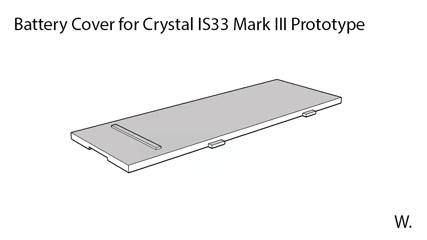Buy a LM386, this chip has been around for ever, is cheap, plentiful and the recommended supply voltage is 4-12VDC.
With the notch on the chip facing you and pointing up, the pinout from left to right, top to bottom is:
LM386 Pinout
| Pin 1 : Gain | Pin 8 : Gain |
| Pin 2 : Input – | Pin 7 : Bypass |
| Pin 3 : Input + | Pin 6 – Voltage Supply |
| Pin 4 – Ground | Pin 5 – Voltage Out |
To get some sort of sound going, you’ll need the following:
- 10ohm resistor
- 10kOhm resistor
- 0.05uF capacitor
- 250uF capacitor
All of the above information can be found on the Texas Instruments LM386 datasheet, very handy!

